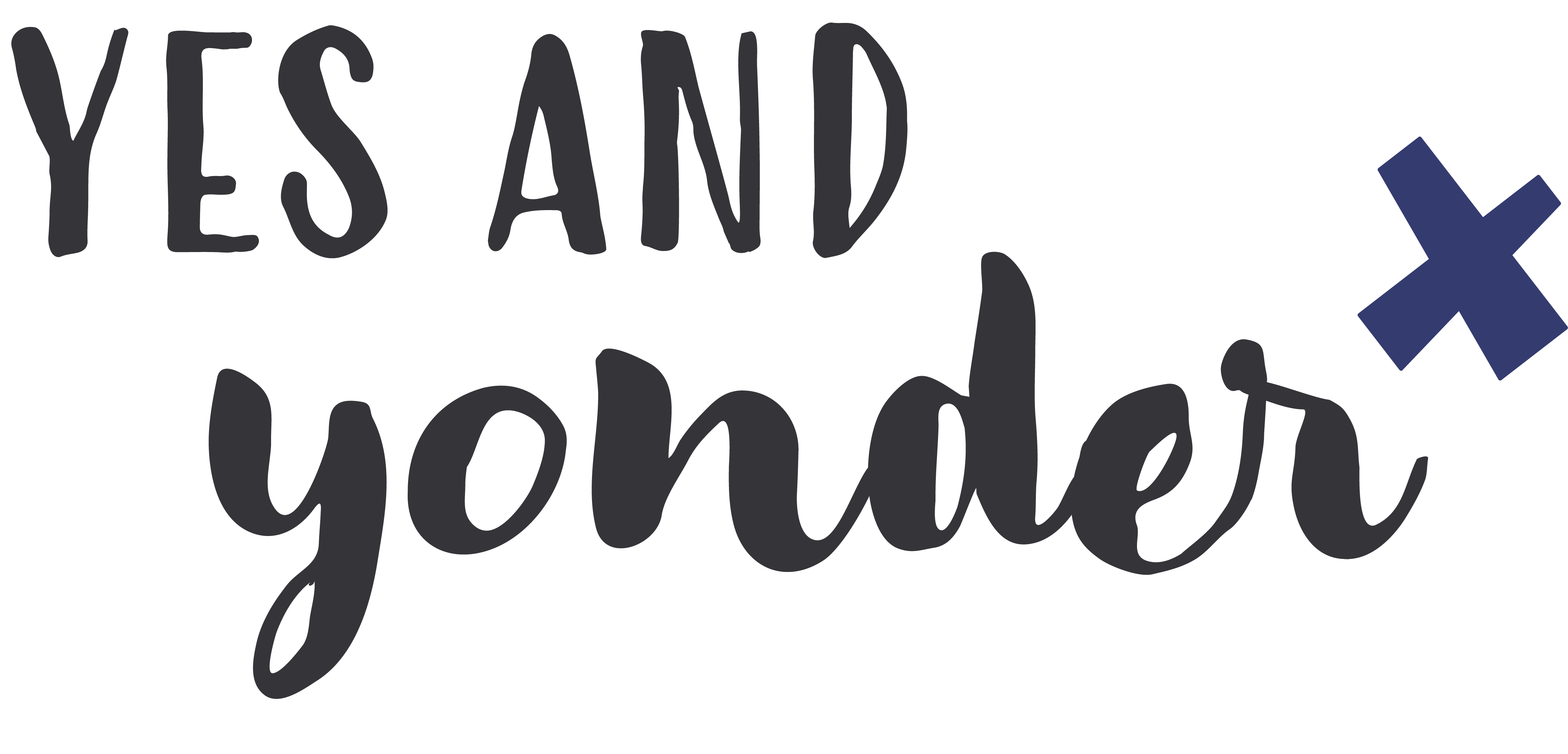In an ideal world, everyone would feel valued and confident sharing their thoughts in a group setting. All kinds of dynamics can pose a challenge for openness and collaboration. Workplaces with a lot of hierarchy or with teams that work in silos may find it difficult to bring people together who have not worked together before. If an organization has had struggles like uncertain strategy, lagging sales, or a lot of turnover, then creating safe spaces is even harder.
I’ve been that person before that thinks, Hey, we’re all adults here. Grow up and speak up! Classic extrovert. Whoops. Asking people to just be courageous and throwing them into a meeting where they aren’t comfortable isn’t going to work. You need to try new ways of working, being mindful of including all types of personalities.
Building toward a culture of courageous collaboration is long-term, ongoing work where your organization and coworkers show a mutual commitment to hearing and valuing input from all levels. Each conversation and meeting is a potential stepping stone forward.
Building the capacity starts with equalizing voices. Brainwriting is one of the best techniques for getting started and leveling the playing field. This basic method flips the script of traditional brainstorming – from a verbal activity to a written one. Instead of having people share ideas out loud, one person talking at a time, participants write down their thoughts individually.
This method enables participation from everyone. The quiet writing time works well for people who need more time to process their thoughts. It also give introverts who might not jump up to speak a more comfortable way to share their thoughts. And it stops the highest paid or loudest voice from dominating discussions.
Before you plan your session, you’ll want to craft questions or prompts. You might have just one, or you might have a series of things to explore. Knowing the full scope of the questions at hand will help you plan logistics for your session, like who to invite, what supplies you will need, and how long to book for the meeting.
How thoughts are captured and shared can vary. Participants can write on any kind of canvas: sticky notes, flip chart paper, digital documents – you can choose what works based on the expected length of the content and your desired next steps for sharing.
Plan ahead on what you’d like to do once participants have written their responses. You might have one person or a smaller group collect the responses to review, compile, and report back at a later time. You can create a gallery wall, where you hang all written responses around the room and allow people to read, rate, or respond to them either individually or in small groups. You may have people share their ideas verbally now that they’ve had time to think through things, with one person acting as a facilitator for a discussion.
No matter where you sit in your org chart, you can suggest working this way. If you see a need for hard conversations or topics to be explored, it doesn’t hurt to say, “Hey, can we try this?” By adding this method into the mix, you can begin inviting wider participation when faced with tough challenges or conversations. Hopefully then, over time people will become more comfortable sharing in other ways too.
If you’re interested in this topic, I’ll be presenting a break out session with Lydia Lodovisi of Salesforce on Facilitating Courageous Collaboration at Leadership Johnson County’s Power of Innovation conference at Franklin College on April 17, 2019.

